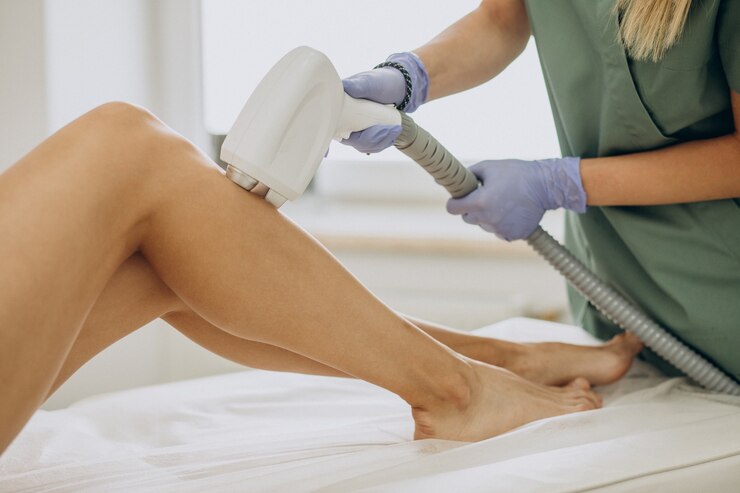Diode laser hair removal has become one of the most popular methods for achieving long-lasting hair reduction. As technology continues to advance, understanding the science behind this procedure can help potential clients make informed decisions. This article delves into the principles of diode laser hair removal machine, how it works, its benefits, and what to expect during the treatment.
What is Diode Laser Hair Removal?
Diode laser hair removal utilizes a specific wavelength of light to target and destroy hair follicles. The diode laser emits a concentrated beam of light that is absorbed by the pigment (melanin) in the hair. This method is effective for a variety of hair types and skin tones, making it a versatile choice for many individuals.
The Mechanism of Action
1. The Principle of Selective Photothermolysis
The key principle behind diode laser hair removal is selective photothermolysis. This process refers to the absorption of laser light by specific chromophores (light-absorbing molecules) in the hair follicles. When the laser light is absorbed, it converts into heat, which damages the follicle and inhibits future hair growth.
2. Wavelength and Targeting
Diode lasers typically operate at a wavelength of around 800 to 810 nanometers. This wavelength is particularly effective for hair removal because it penetrates the skin deeply while minimizing damage to surrounding tissues. The light is absorbed by the melanin in the hair, ensuring that the treatment is effective across various hair colors and skin types.
3. Hair Growth Cycles
To understand why multiple sessions are necessary, it’s essential to know about hair growth cycles. Hair goes through three main phases: anagen (growth), catagen (transition), and telogen (resting). Diode laser hair removal is most effective during the anagen phase when the hair is actively growing and connected to the follicle. Because not all hairs are in the same phase at the same time, multiple treatments are required to achieve optimal results.
The Procedure
1. Preparation
Before the treatment, it’s crucial to consult with a qualified professional who can assess your skin type, hair color, and medical history. This helps determine the best settings for the laser to ensure safety and effectiveness.
2. The Treatment Process
During the procedure, protective eyewear is provided to shield the eyes from the laser light. A cooling gel or device may be used to protect the skin and enhance comfort. The practitioner then moves the laser handpiece over the treatment area, delivering pulses of light to the hair follicles. Each pulse takes only a fraction of a second and can treat multiple hairs simultaneously.
3. Post-Treatment Care
After the procedure, some redness or swelling may occur, but this usually subsides quickly. Patients are advised to avoid sun exposure and harsh skincare products for a few days following treatment. It’s also essential to follow any specific aftercare instructions provided by the practitioner to ensure optimal results.
Benefits of Diode Laser Hair Removal
1. Efficiency and Speed
Diode laser hair removal is known for its speed. The laser can treat larger areas quickly, making it suitable for both small and large body parts. For example, treating the legs or back can be completed in under an hour.
2. Long-Lasting Results
Unlike traditional hair removal methods such as shaving or waxing, which offer temporary results, diode laser hair removal provides long-lasting hair reduction. Many patients experience a significant reduction in hair growth after a series of treatments, and some achieve permanent hair loss.
3. Minimal Discomfort
Modern diode lasers come equipped with cooling technology that helps reduce discomfort during treatment. Most patients report feeling only mild sensations, similar to a rubber band snap, rather than significant pain.
Conclusion
Diode laser hair removal is a scientifically advanced method for achieving lasting hair reduction. By utilizing selective photothermolysis and targeting the melanin in hair follicles, this technique can effectively reduce hair growth across various skin types and hair colors. With its efficiency, long-lasting results, and minimal discomfort, diode laser hair removal continues to be a favored option for individuals seeking a reliable solution to unwanted hair. Understanding the science behind this procedure can empower individuals to make informed choices about their hair removal options, ultimately leading to smoother, hair-free skin and increased confidence.





Comments